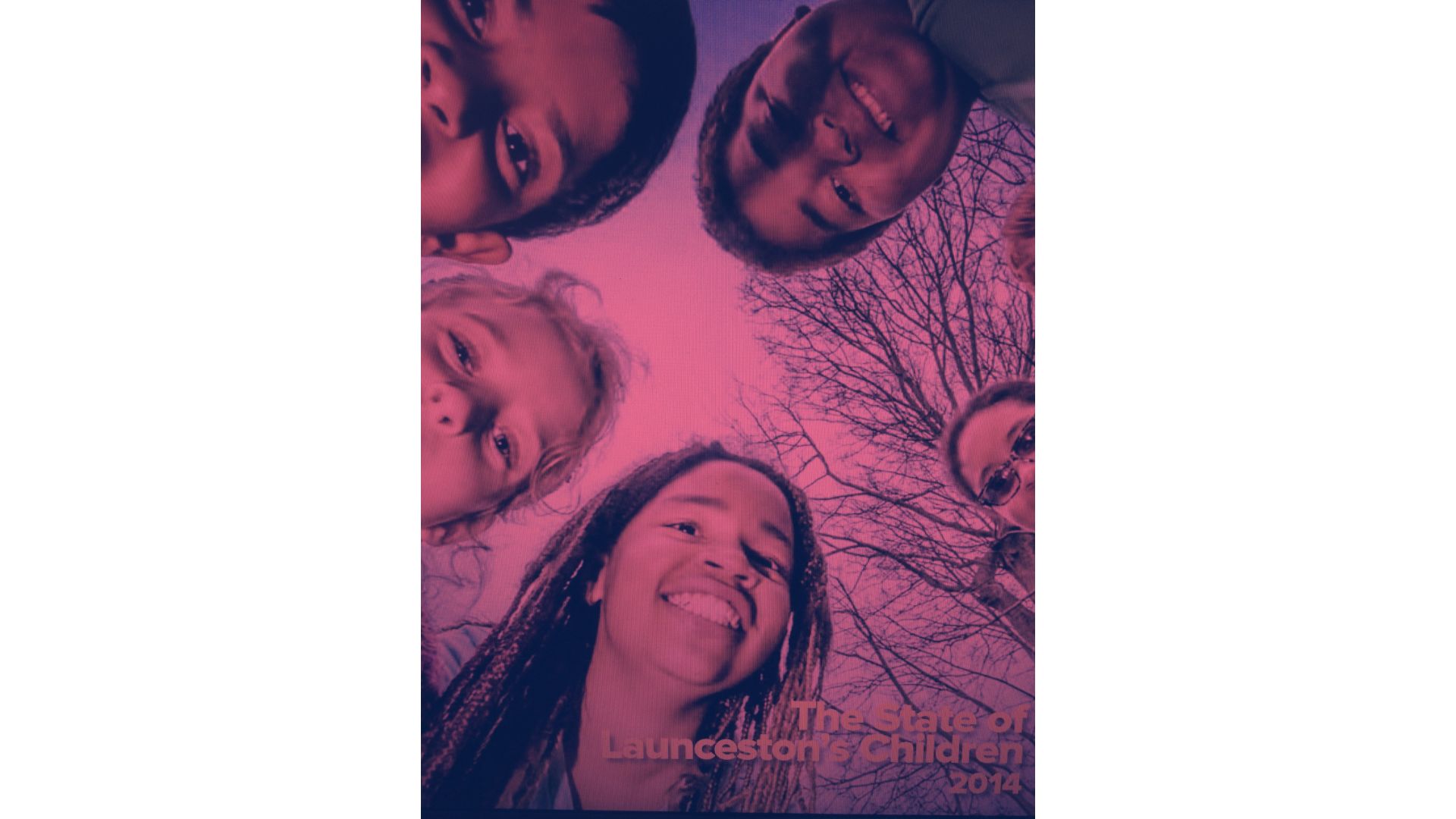
What would it take to ensure every child succeeds in Tasmania?
Summary:
paul mallett proposes Tasmania seek Child Friendly State status with the United Nations Children’s Fund (UNICEF) and embrace children’s rights as a core part of public planning, policy and services through the 2030’s. Under this vision. the State and all local councils would fully commit to implementing the United Nations Convention on the Rights of the Child (UNCRC), and ensure every Tasmanian child’s voice, needs, priorities, and rights are integrated into laws, policies, programs and budgets. The State and every local government area would assess and report on progress to the public annually via The State of Tasmania’s Children Report.
From what/where (Horizon 1):
Despite generations of investment and effort, based on almost all metrics available, Tasmanian children suffer some of the worst education, health and safety outcomes in the nation. This requires significant government investment in the following services:
- Mental health – includes a range of mental health services, such as mental health care plans, specialised mental health services, hospital admissions, alcohol- and drug-related hospital admissions, and mental-health-related prescriptions.
- Youth homelessness – includes homelessness services and indirect costs, including police, court and health.
- Physical health – includes potentially preventable hospitalisations for issues such as asthma, diabetes complications, and dental issues, and obesity and child injury costs.
- Family violence – includes only the costs directly related to children and young people in relation to police and justice costs, education and child protection.
- Justice – includes youth justice costs for detention, community-based support and justice conferencing, and detention and community support costs for young adults aged 12-24.
- Unemployed young people – includes Youth Allowance (Other), Newstart Allowance, Commonwealth Rent Assistance, and Special Benefit.
- Youth crime – includes hospital, court and police costs associated with youth offenders.
- Child protection – includes out-of-home care, intensive family support services, and family support services funded by child protection departments
To what/where (Horizon 3):
Po: By 2040, Tasmania leads the nation on every education, health, safety, participation, housing, and equity measure; earning Tasmania the title of Australia’s most Child Friendly State.
How to get there (Horizon 2’s):
The pursuit of a Child Friendly Tasmania begins with agreement on the goal, and making a start on upstream challenges. More details to come, however rigorous measurement, evidence informed programs implemented with fidelity, and appropriate budgets will ensure all children in Tasmania: Have the best start to life in the First 1001 Days (Conception-2nd Birthday), Thrive by 5, are Great at 8, are Terrific at 12, and young people are set to launch inside 1000 Weeks.
Why/For Facts Sake:
- Early intervention and prevention works. The return on investment (ROI) in early childhood interventions and programs for young people are well documented.
- What is measured matters. What is assessed, is addressed! Deploy a wellbeing check tool, like Rumbles Quest, across Tasmanian education systems, to identify the status and needs of all of our children.
- Extending Tasmania’s Child and Family Learning Centers from pre-conception to 8 years of age (up from the current maximum of 5 years of age), will further support the successful transition of our children to formal schooling.
When/how much:
Seek mandate from Tasmanian public at the next State election to implement policy, program and funding directions to radically improve childhood health, education and happiness levels (as measured by no more than 10 key indicators), and lead the nation by 2040.
Counterarguments/counterfactuals:
- Arguments citing reform efforts being “too costly, and too hard”, plus inappropriate and inaccurate allocation of blame on parents and children with the least power in our community for their circumstances only serves to preserve the status quo.
Funding:
- Funding this initiative would involve all tiers of government aligning their thinking to upstream investment in children and youth. Reports such as The Front Project’s, “The Cost of Late Intervention”, suggests more than $15billion annually (2018-19 data) is the economic cost to Australia of not stepping in early to support children and young people experiencing difficulties.
History of previous attempts/change leaders:
- Current Tasmanian Government plans point strongly to the desire to improve outcomes for children and young people. Are they bold enough and do they have sufficient financial and community support to turn the curve?
- Tasmania has not yet formally participated in UNICEF’s national Child Friendly program, but the communities of Launceston and George Town have done work aligning with child-friendly principles (See paul mallett’s previous work on the “State of Launceston’s Children” report), child and family hubs, and youth consultation processes.
- Tasmania Together was a bold and ambitious social planning initiative launched in the late 1990s by the Tasmanian Government. Its goal was to create a long-term vision for the state—guided by the values and aspirations of Tasmanians themselves. However, despite its promising start, the program was eventually discontinued in the early 2010s. Lesson learned include: loss of bi-partisan political will; excessive number of benchmarks; benchmarking and reporting perceived as a burden; too broad a set of goals; lack of political leadership leading to the the initiative fading from public and policy consciousness.





